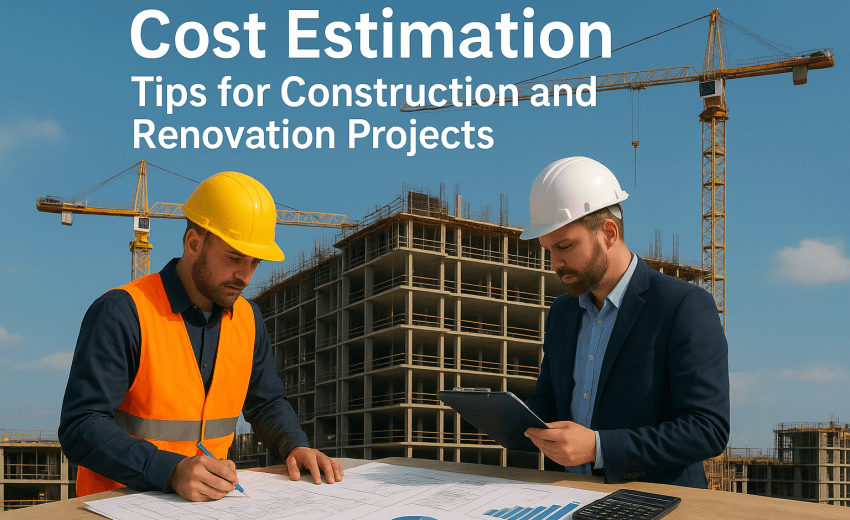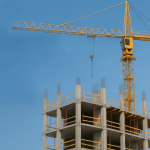
Table of Contents
1. Understand Project Scope Clearly
Before you even think about numbers, defining the project scope is essential. Detailed blueprints, a clear list of materials, and a comprehensive breakdown of work phases provide a foundation for accurate estimation. Without clarity, you risk overspending or facing costly delays.
2. Break Down Costs by Category
Effective estimation involves categorizing costs. Common categories include:
- Materials: Lumber, cement, tiles, fixtures, and finishing materials.
- Labor: Contractors, subcontractors, and specialist technicians.
- Equipment: Machinery rental, tools, and maintenance.
- Permits and Fees: Legal approvals, inspections, and insurance.
By separating costs, you can identify areas where savings are possible without compromising quality.
3. Conduct Market Research
Material prices and labor rates can fluctuate significantly. Conduct local market research to gather up-to-date price information. This step reduces the risk of underestimating costs due to outdated or generic data.
4. Include Contingency Buffers
Even the most thorough estimation cannot predict every variable. Unexpected events like weather delays, design changes, or supply shortages can inflate costs. Industry experts recommend including a contingency buffer of 10–15% to accommodate unforeseen expenses.
5. Leverage Technology
Several software tools now simplify cost estimation. Digital platforms can calculate material quantities, labor hours, and even optimize procurement strategies. Using technology reduces human error and provides a more accurate financial picture.
6. Consult Professionals
While DIY estimation can give a rough idea, consulting professionals ensures precision. Experienced contractors, architects, and quantity surveyors can provide insights that spreadsheets or online calculators may miss. Their expertise helps avoid budget overruns and project delays.
7. Track and Update Estimates
Cost estimation isn’t a one-time task. As projects progress, material costs or labor availability may change. Regularly updating your estimates ensures your budget reflects reality, helping you make informed decisions throughout the construction or renovation process.
8. Consider Long-Term Costs
Effective estimation also includes future maintenance and operational costs. Choosing materials or designs that reduce long-term expenses may have a higher upfront cost but save money over time.
9. Prioritize Transparent Communication
Clear communication with stakeholders—including contractors, designers, and suppliers—prevents misunderstandings that can affect costs. Transparent discussions help align expectations and make adjustments to the budget before expenses spiral out of control.
Conclusion
A well-planned cost estimation is like laying a strong foundation for your project. By combining clear planning, accurate calculations, and professional guidance, you can confidently manage construction and renovation projects while minimizing surprises.
Ready to Build with Confidence?
Get in touch with Charminar to learn how our project management expertise can streamline your next development.
📧 contact@bluediamondfm.com
📞 +971 56 705 4223
🌐 https://charminardubai.com/
Frequently Asked Questions (FAQ)
What is the difference between cost estimation and budgeting?
Estimation predicts potential costs based on current data and assumptions. Budgeting allocates funds based on the estimation, creating a plan to manage finances throughout the project.
How accurate should an estimation be?
A professional estimation should aim for ±5–10% accuracy for well-defined projects. Early-stage estimates may have a wider range due to uncertainties.
Can technology replace human expertise in estimation?
Technology is a powerful aid but cannot replace professional judgment. It works best when combined with insights from experienced contractors and architects.
Why are contingency buffers necessary?
Construction projects often face unforeseen changes or delays. Contingency buffers help cover additional expenses without derailing the budget.
How often should I update my project estimates?
Estimates should be reviewed whenever project scope, material prices, or labor costs change, typically monthly or at major project milestones.





